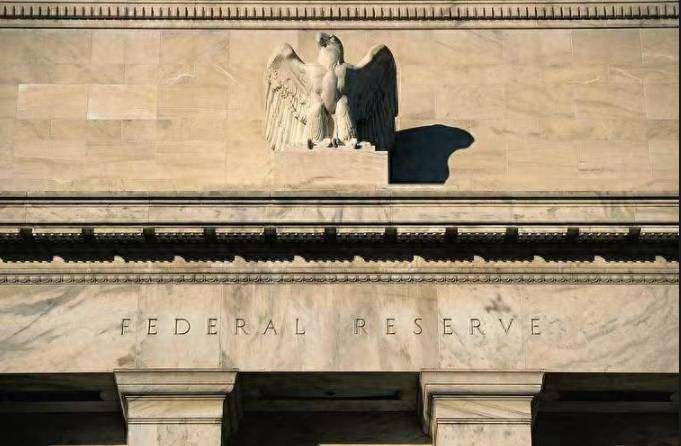Aging's Transformative Impact on the U.S. Economy
Advertisements
In a small town called Grapevine, Texas, a remarkable story unfoldsWilliam Tate, an 81-year-old mayor, has devoted an impressive 48 years of his life to public service, dedicated to improving the lives of his constituentsHis passion for his role is palpable, and the mere thought of retirement brings him a sense of melancholyHis experience is not unique; many seniors in America, particularly those belonging to the Baby Boomer generation, resonate with his sentimentThis cohort of nearly 76 million individuals, born between 1946 and 1964, finds themselves at a pivotal point in history where their choices influence not just their lives, but the very fabric of society.
While Tate embodies a growing trend among older Americans who resist retirement, the nation is also grappling with a considerable workforce gap as many in this age group choose to step away from their careers
The Washington Post has reported on the impending economic changes as the Baby Boomer generation ages, predicting shifts in employment and economic structure.
Tate attributes his longevity and vitality to changing lifestyles“People are living longer and performing better,” he statesHe pointed out that the traditional notion of retiring at 65 was based on past life expectancies, citing that his own father passed away at 58. In generations past, reaching 60 often meant appearing elderly, a stark contrast to today’s perspective.
Despite maintaining a heavy workload, Tate has made adjustments to his routine, looking to campaign for reelection with plans for reducing taxes—which he aims to implement before he feels ready to retire at what he believes is the ideal age of 89.
Across the political landscape, there are figures like 90-year-old Senator Charles E
- Bank of Japan Reduces Bond Purchases, Yen Shorts React Quickly
- Apple Soars 7% to Record High; Major Indices Mixed
- Korea's Central Bank Cuts Rates to Tackle Economic Downturn
- Powell Warns Against Rapid Rate Cuts
- BYD Reports Over 10 Billion in Half-Year Profit
Grassley from Iowa and 82-year-old Senator Bernie Sanders, who exemplify the trend of older politicians remaining in power, despite concerns regarding their capabilitiesThe recent passing of Senator Dianne Feinstein, who lived to 90 but faced a decline in her social abilities, has sparked discussions about the competencies of aging political leaders.
Younger politicians like former South Carolina Governor Nikki Haley, now 51, have begun advocating for a "new generation" of leadersDuring a Republican presidential primary event, she remarked, “America hasn’t seen its golden age yet, but our politicians have passed their prime.” This generational divide marks a significant cultural shift within the political arena.
Shifting Workforce Dynamics
The corporate sector mirrors this demographic transition
As of 2005, the average age of CEOs in the U.Swas 45.9 yearsBy 2018, that average soared to 54.1 years, signaling an aging leadership cadreNotable examples include Disney's decision to reinstate 71-year-old Bob Iger as CEO in place of his younger predecessor, while media giant Rupert Murdoch gave up control of his empire at the age of 92.
Conversely, the tech industry, known for its youth-centric culture, showcases leaders such as TikTok’s Shou Zi Chew and Reddit co-founder Alexis Ohanian, both in their 40s, suggesting that innovation steers toward younger leadershipHowever, the blue-collar sectors, which are often lower-paying and physically demanding, such as hospitality and construction, face a different challenge: they are losing workforce capacity due to the aging Baby Boomers.
Statistics reveal a stark reality—the median age of the U.S

population rose from 35.2 years in 2000 to 38.8 years by 2020, showcasing an accelerated aging workforceIn the year 2020, individuals aged 65 and older represented 16.8% of the total U.Spopulation.
As the number of younger workers dwindles and older workers feel increased job pressure, various industry sectors experience strainThe electrical sector, in particular, faces a shortage of young technicians, with experts noting, “Frankly, this is a pervasive issue in the construction industry.” Thayer Long, an electrical contractor who provides training in the field, emphasizes that there is a lack of manpower to fill the positions left by retiring workers.
Issues in retaining workers have plagued the industry for years
Scott Duckett, General Manager at the electric firm DeWalt in Baltimore, remarks that construction struggles to retain employees, as young individuals are drawn to a variety of alternatives, rendering the industry’s traditional “grind culture” unappealing.
The medical field, too, encounters substantial labor shortages, particularly among surgeons, whose specialized skills favor youth and vigorThis imbalance creates further challenges, as aging practitioners retire while the influx of fresh talent is insufficient to meet needs.
These gaps in the workforce do not stem from a lack of desire among youth to work; rather, the proportion of young people participating in the labor market today is significantly less than in the past
Leave a Comment